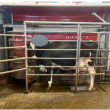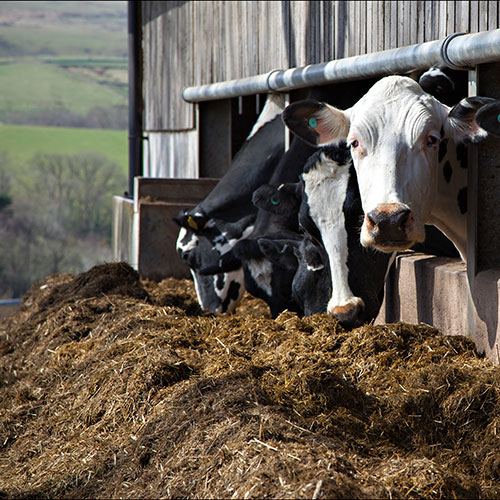Advanced Robot have helped us transition onto the automated milking system with impressive results. The team has a clear understanding of how the whole system needs to work, from the cow and her health right through to the robot settings. The cows are healthy and performance is terrific.
Newsroom
-
December 1, 2025
-
November 27, 2025
-
November 3, 2025



